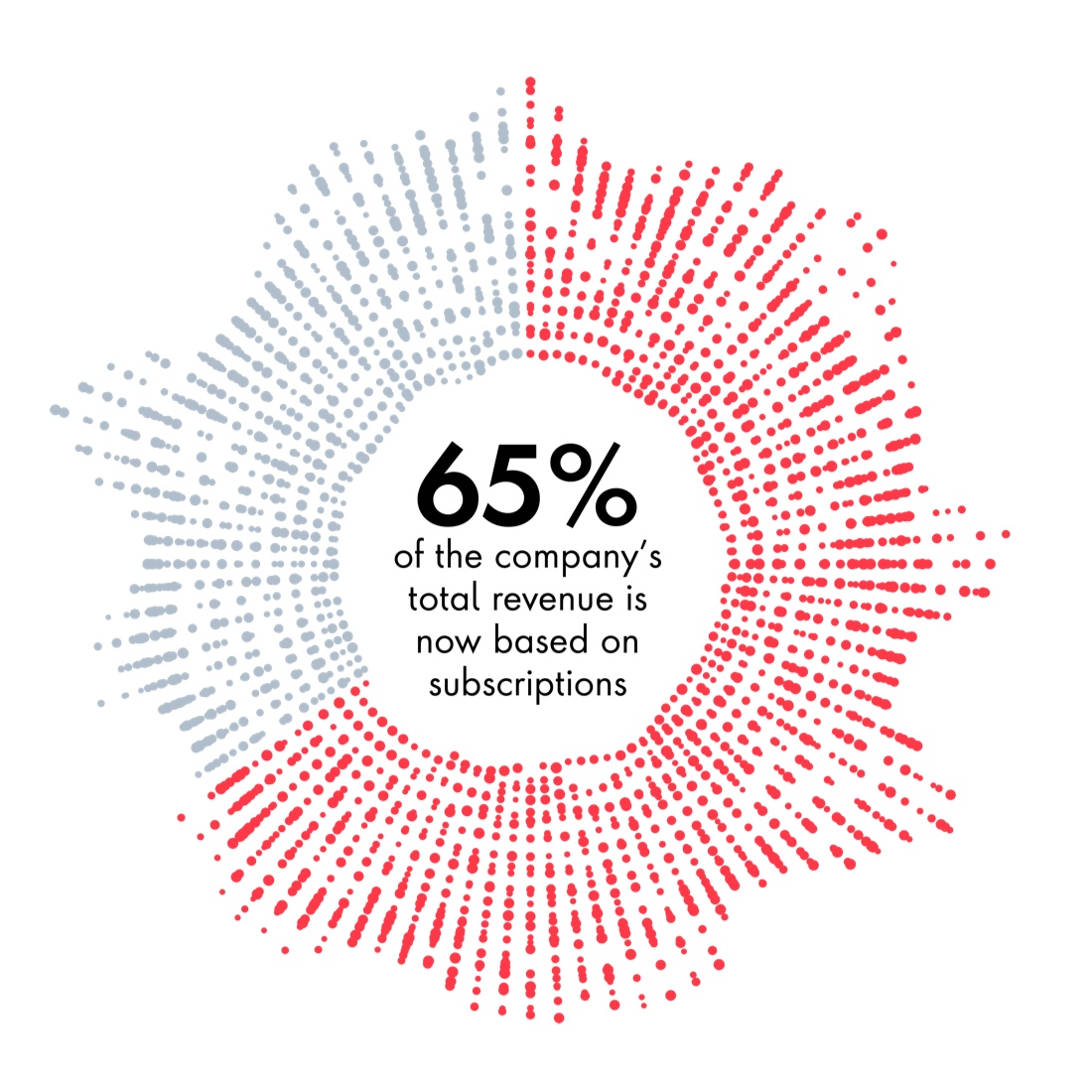Businesses want a direct connection to their consumers—now more than ever. Companies want (and in today’s market need) to sell directly to consumers, and they are realizing the importance of having a customer data platform (CDP) to do so. Many businesses that relied on partners (such as consumer goods companies selling through retailers) are finding they need all customer data in one place to personalize in real time, create unique and meaningful experiences for consumers and drive loyalty through engagement.
CDPs unlock data that can be stuck in an organization’s silos—or stuck in third-party agreements with partners that prevent data sharing. Companies that sell products to consumers, not retailers, need to have their act together in terms of data. They are competing with retailers now, and this is what it will take.








